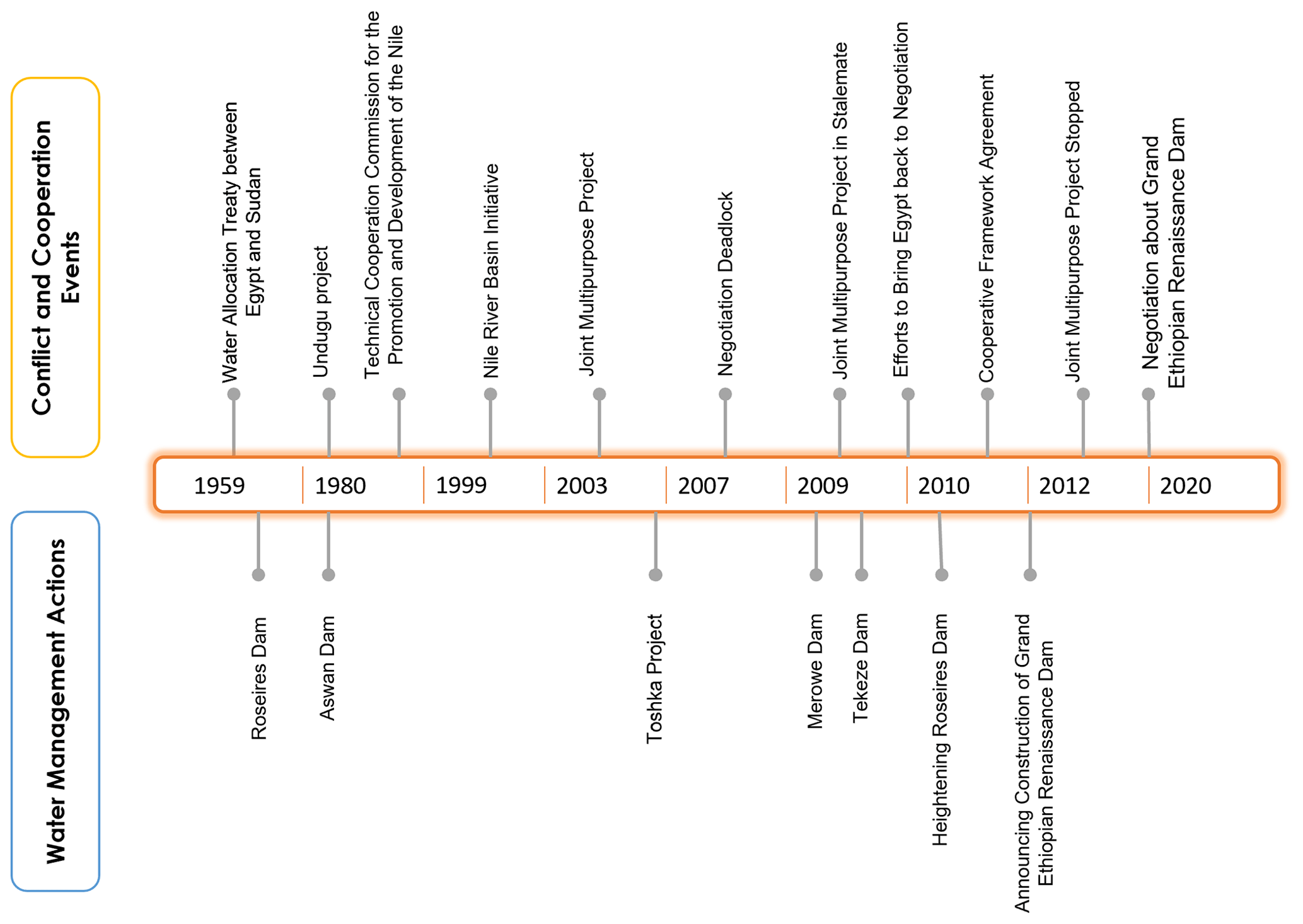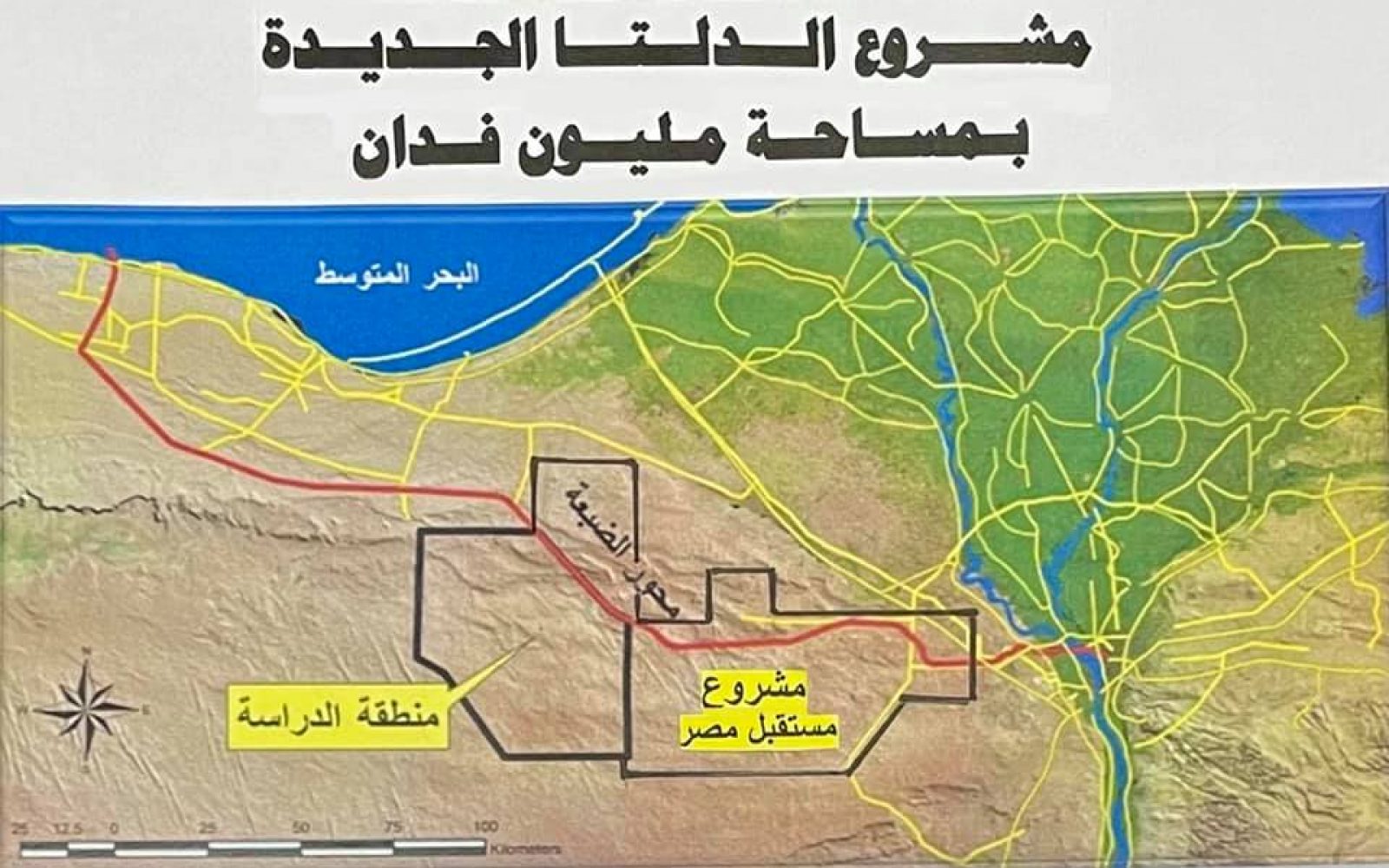Post 2 - "Reasonable and Equitable Use" And "Obligations not to cause significant harm" in Transboundary Water Politics
 |
| Fig1: Nile Basin Transboundary Political Conflict between Ethiopia, Sudan and Egypt Timeline |
In this 3-series post on transboundary water politics, we will examine Ethiopia's success in constructing its new identity around the notions of entitlement. I won't dive into the history of the Anglo-Egyptian treaties of 1902, 1929, and 1959 (Tekuya, 2018) that established Egyptian and Sudanese hydrogemony over the Nile before African independence (Fig1). Suffice it to say that these historical agreements excluded Ethiopia's interests despite 86% of the Nile's waters originating from Ethiopia (Fig2) (Swain, 2011). The dispute arose over chronology (Fig3) vs hydrography (Wolf, 1999), with Egypt and Sudan clinging to historical treaties while Ethiopia contested their rights.
Contestation in Principles and Guidelines
 |
| Fig4: Guidelines |
Ethiopia has long aimed for equitable utilisation of shared water resources, citing the 1966 Helsinki Rules (Caponera, 1985) Article 5(2), which listed 11 factors that are considered together to determine a "reasonable and equitable" share in transboundary water agreement (Fig4). It is the most authoritative and widely quoted set of transboundary water rules, together with the 1997 United Nations Water Convention(UNWC). Both guidelines drew inspiration from the La-Lanoux Treaty (Vasani, 2023), which states that 'territorial sovereignty must bend before all international obligations' and downstream States should be reproached for the right to veto any 'reasonable upstream development' (Wolf, 1999).
On the other hand, Egypt contended with the “no-harm” obligation within the Helsinki guideline, believing it protects downstream interests by requiring Ethiopia to inform them about the upstream projects (Salman, 2007). However, the 1997 International Court of Justice (ICJ) Gabčíkovo-Nagymaros Project case used the proposition of equitable and reasonable as the governing principle of transboundary water instead of the “no-harm” obligation.
Adding to its complexity is the not-so-widely understood concept that lower riparian can also cause harm to the upper riparian. It was first mooted in 1961 by India’s Prime Minister Nehru on his views on the shared Ganges River with Pakistan (Salman, 2010), where he commented that the fact that lower riparian could "unilaterally carry out projects without notifying the upper riparian enables the lower riparian to create, unilaterally, historical rights in its favour and go on inflating them at its discretion, thereby blocking all development and uses of the upper riparian".
Given the divergence in opinions and rulings, reaching an acceptable agreement based on subjective value is difficult for the riparian. The negotiation process, which is dynamic and subjected to the riparians' changing social and economic needs, complicates the issue. For example, Egypt’s ambitious new construction of the largest green artificial river (Fig5), contradicts Helsinki Rule No. 9 - no water wastage (Fig4). Given no factors occupy a pre-eminence position and are allocated equal weightage, it is hard to determine what constitutes "equitable and reasonable use". Hence, whichever country can garner more political support can shape the trajectory of these negotiations, as the factors they back will be predominant.




Hi Yi this is a good blog post on the GERD and the transboundary water politics. Right now what do you see as the key challenges and potential solutions for these to maximise the efficiency of the GERD?
ReplyDeleteThe main challenge lies in differing perspectives on water ownership—Ethiopia emphasises possession, while Egypt and Sudan focus on historical rights. As for boosting GERD efficiency, I'm not well-versed in the engineering details. However, if it is regarding the potential solution to resolving the conflict, I believe adhering to established rules and regulations could be a positive first step.
DeleteHey Kyon! I've given my second blog a total makeover! Would be awesome if you could check it out and share your thoughts. Your feedback means a lot to me. :)
Delete